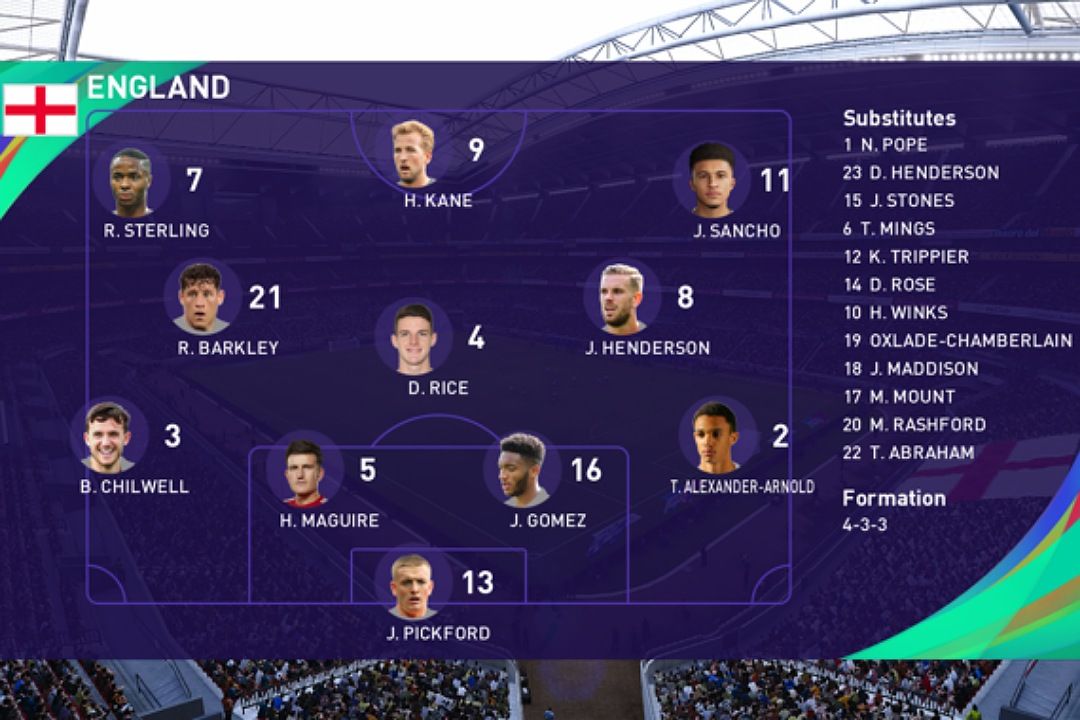


The compactness determines whether the players stand close together in the centre or are spread across the pitch.” (Mestre) A deep-lying backline makes sense if you like to defend observantly. For ‘pressing’, it’s again a question of individual preference, but be wary of the players’ stamina with the aggressive options. If he prefers to attack through the middle, go for ‘medium’. If he often goes down the wings, you should choose ‘wide’. With the ‘containment area’, you should be mindful of your opponent. Flexible defenceĪs for defensive instructions, it’s mostly about your individual taste, according to Mestre – who celebrates his 21st birthday this Sunday: “Whether it’s ‘stay tight’ or ‘frontline pressure’, you have to decide what’s best for you. A high support range and flexible formation play give you more options up front, but sometimes you're not so solid at the back and give your opponents more room," knows the Spaniard. ‘Build-up’, ‘positional play’ and ‘support range’ are more individual settings. “It's a good idea to rely on ‘counter-attacks’ for your attacking instructions. Important basic tactical settings can be made under the ‘Standard tactics’ tab, where you can set the basic orientation at both ends of the field, which for Sánchez is a bit different to normal this year. The physical side is also very important in the game,” he continues. “The rather unusual formation is necessary because the full-backs in PES are often very attacking, and so you’re vulnerable to the counter. For me, the 4-3-3 with three or four centre-backs is ideal,” explains Sánchez, who won the 2017 1v1 European Championship. “It depends on how you play and who your opponent is.


 0 kommentar(er)
0 kommentar(er)
